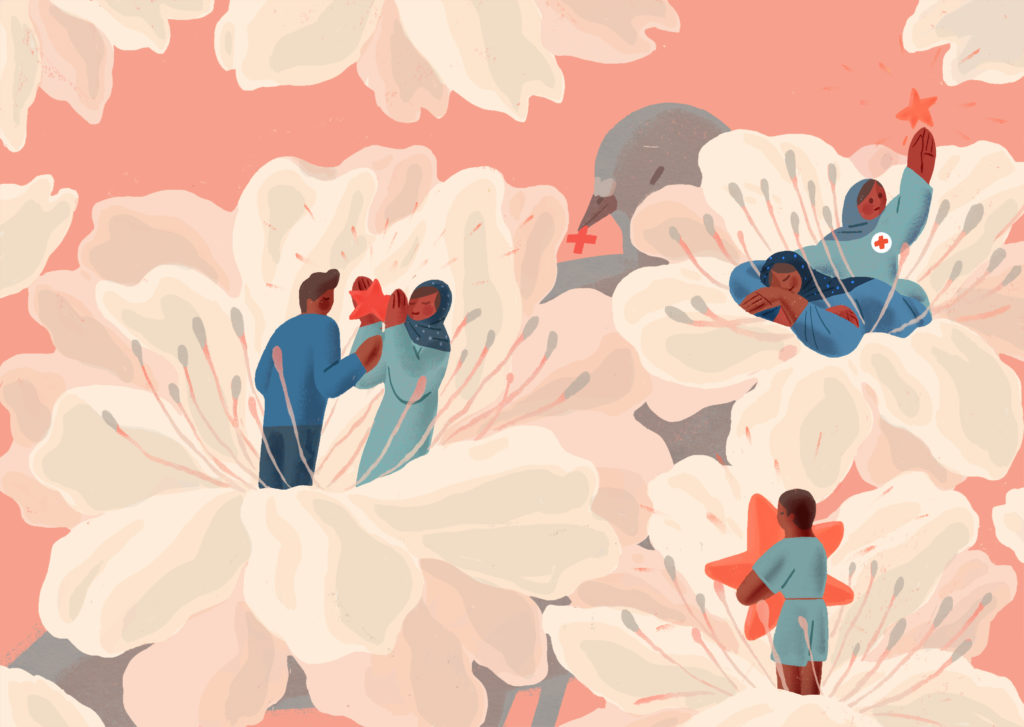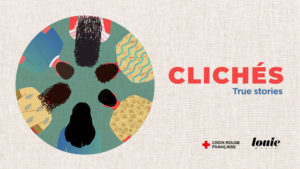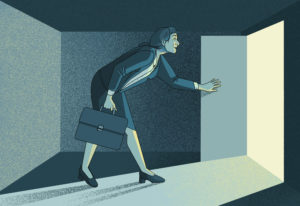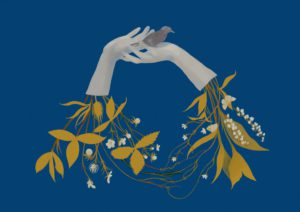
Zi Li
Description
Children’s Vision is a program that was developed by Youth sector volunteers, from Zahle, an old city in Lebanon, within the Lebanese Red Cross. The local branch has pointed out one of the main needs in its community: overcoming difficulties as teenagers (such as social withdrawal, extreme stress, alcohol abuse, substance use, bullying, etc). Therefore, the Red Cross offers a Youth-Friendly space, through which they can develop their skills and acquire new information.
Context
The Zahle branch had a continuous project that was funded by the municipality in 2009, in which the local branch had an equipped center welcoming children between 4 to 11 years old. The idea of Children’s Vision appeared since the IFRC youth policy does not accept recruiting volunteers under 16 years of age, and the center referred to above, was not a good fit for adolescents. For this reason, Children’s Vision welcomes Adolescents between 13 and 15 years old, ensuring that they feel included within their society, as a means to help them shape their personality. The program’s main goal is to make these adolescents become humanitarian activists in order to respond to their community’s needs.
Technical details & Operations
Children’s Vision aims to help Adolescents become active individuals within Zahle, specifically on the humanitarian level. Abiding to the Youth Sector’s strategy, Children’s vision provides training sessions and activities that are related to both the humanitarian and the environmental sectors. The program helped on the short and long term to attend the Lebanese Red Cross’ goals by achieving the following:
- Humanitarian activities, aiming to help people in need (Vulnerable populations, older adults, children in need, etc.)
- Environmental activities, aiming to combat global warming, pollution, to increase green spaces in the region, to raise awareness on climate change and many other environmental needs.
The program’s activities were divided into months; every month, the program had one activity per week. Therefore, 4 to 5 activities per month.
Every month has a specific target group and an environmental goal. Here is a concrete example of what a month of activities is with Children’s Vision looks like:
Month 1:
- Target group (or beneficiaries): elderly people in retirement homes
- Environmental subject: recycling
Week 1: Training on Communication skills.
Week 2: Preparation for the humanitarian and environmental missions:
-Humanitarian mission:
- Prepare topics and questions to discuss during their visit to the retirement home,
- Prepare a playlist of songs,
- Come up with games to play with the elderly living there, etc.
-Environmental mission:
- Prepare to visit a plastic recycling company.
- Find/collect a number of plastic caps for recycling, etc.
Week 3: The Visit to the retirement home:
Put in action the skills acquired and the tasks/activities prepared during the first two weeks.
Week 4: A Visit to the recycling company in their hometown:
Each member uses the communication skills acquired during the first week of training to motivate those around them (neighbors, friends, schoolmates, etc.) to help them collect the biggest number of plastic caps. These plastic caps, or sometimes even plastic bottles, are to be recycled during their visit.
Deployment & Impact
The program started with 5 Red Cross volunteers who were trained by professionals and have the necessary skills to address adolescents, lead and innovate the project.
Over the past years, the number of Red Cross volunteers expanded, and the whole local branch is now taking part in the project. Additionally, the number of teenagers joining Children’s Vision has increased and after taking part in the project, (when turning 16 years old) these teenagers are recruited among Zahle’s Youth Red Cross volunteers.
It is important to note that one of the kids who used to be part of the Children’s center in Zahle became the local branch’s leader in 2019. This highlights the impact of the project and the Lebanese Red Cross’ impact on the children and the teenagers of the local community.
Unfortunately, due to the economic (lack of funding) and health crisis (Covid-19) that the country is facing, the program has been temporarily put on hold.
Yet the goal nowadays is to continue developing the innovative program and expand it to other local branches in Lebanon, in order to make a macroscopic impact throughout the country.





